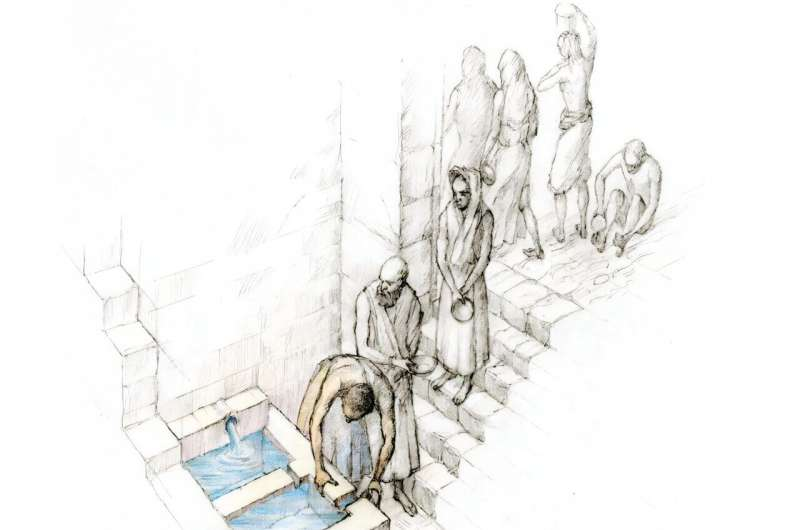The video is a tutorial on how to recite the first line of The Iliad by Homer in perfect dactylic hexameter. The video is presented by Luke of Polymathy, and he uses reconstructed classical attic pronunciation while reciting the line. He explains that even if one uses modern Greek qualities of vowels and consonants, observing phonemic vowel and syllable length is still obligatory when dealing with ancient Greek.
Dactyl is a type of magical foot that has one long syllable followed by two short syllables; often, the two short syllables can be replaced by one long syllable. The final dactyl in hexameter is regularly replaced by a spandi, which is two long syllables. He urges you to write the lengths of the syllables under the line and not above it. After mastering the basic mechanical rhythm, one can add musical accents to it, as the ancient Greeks wrote the musical accents of their speech right into the line. The higher pitches would usually correspond to the higher notes of the pitch accents. The video is sponsored by the Ancient Language Institute (ALI), which uses a flipped classroom model to teach ancient Greek grammar, vocabulary, and literature.







